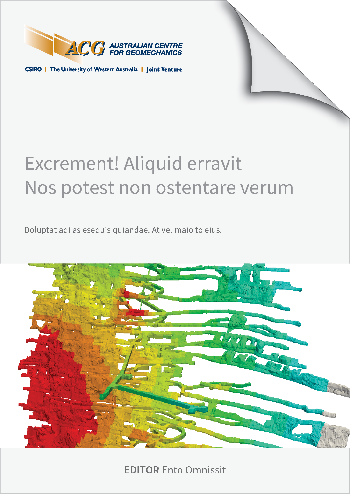Grasberg block cave production schedule calibration

|
Authors: Diering, M; Beard, D |
DOI https://doi.org/10.36487/ACG_repo/2435_E-03
Cite As:
Diering, M & Beard, D 2024, 'Grasberg block cave production schedule calibration', in Daniel Johansson & Håkan Schunnesson (eds), MassMin 2024: Proceedings of the International Conference & Exhibition on Mass Mining, Luleå University of Technology, Luleå, pp. 727-735, https://doi.org/10.36487/ACG_repo/2435_E-03
Abstract:
The Grasberg Block Cave mine (GBC) has been in production since 2018 and is a significant production contributor to Freeport Indonesia. GBC produced better head grades than vertical mixing cave models indicate when simulating historical depletion. The production differences between actual and modeled initiated the effort to develop a calibrated production scheduling model. With the observed differences, the uncalibrated model does not reflect the flow mechanisms active in GBC. Understanding the physical mechanisms governing cave growth and mixing is critical to balancing modeled depletion versus historical metal production. Available data including seismic interpretations, beacon data, cave-to-surface expression, and grade data was collected and analyzed to assist in forming an understanding of the caving mechanics. The study of the historical data suggests that the macro cave growth dynamics have played the most significant role in grade model accuracy at GBC compared with locally varying flow mechanisms. Even minor amounts of variable caving rates or non-vertical cave growth may have a notable impact on the timing of material at the extraction level. The GBC calibration study resulted in a model that accurately predicts the historical depletion of the orebody. This paper summarizes the methods and techniques used to produce a calibrated model for use in production forecasting.
© Copyright 2025, Australian Centre for Geomechanics (ACG), The University of Western Australia. All rights reserved.
View copyright/legal information
Please direct any queries or error reports to repository-acg@uwa.edu.au
View copyright/legal information
Please direct any queries or error reports to repository-acg@uwa.edu.au